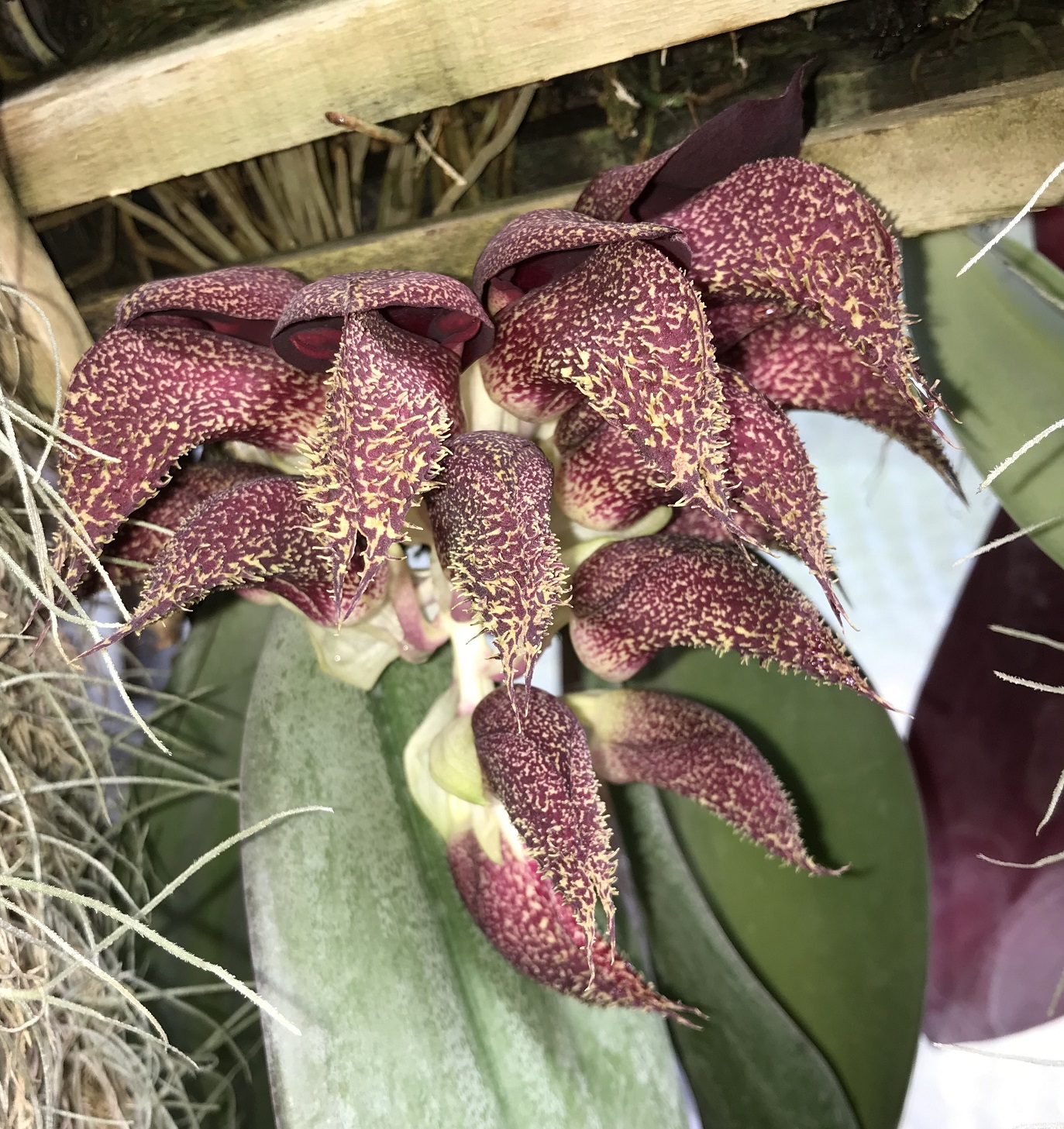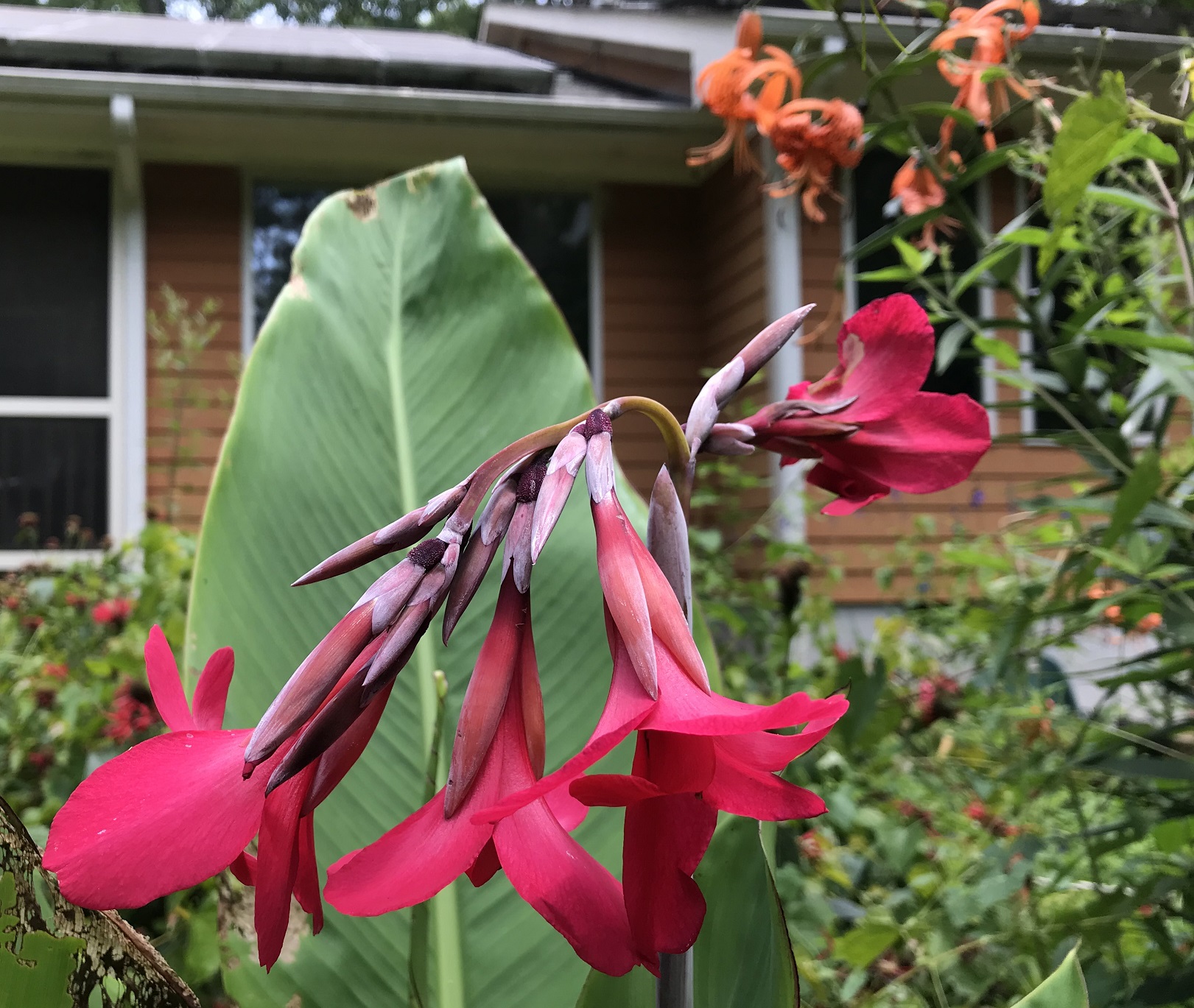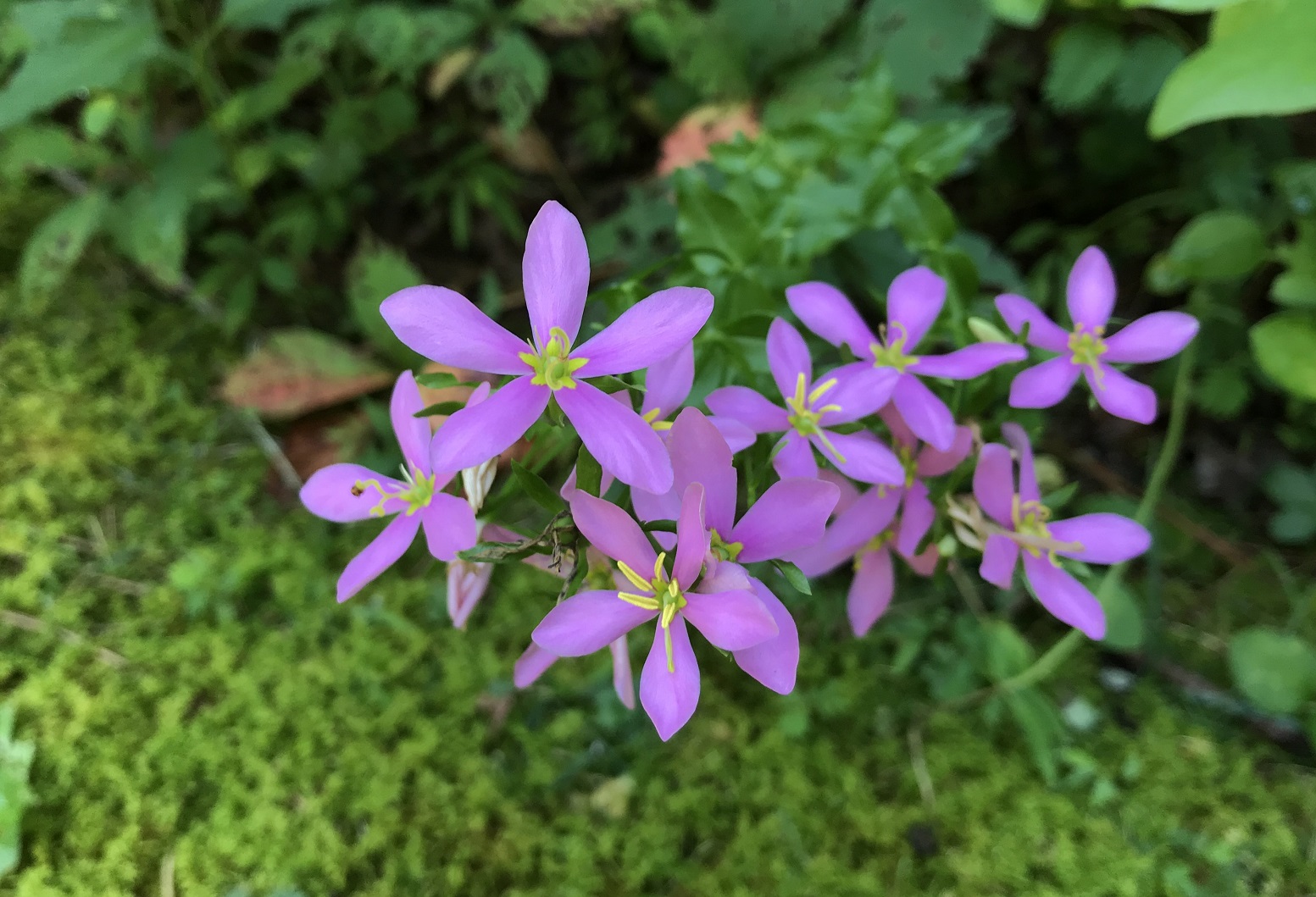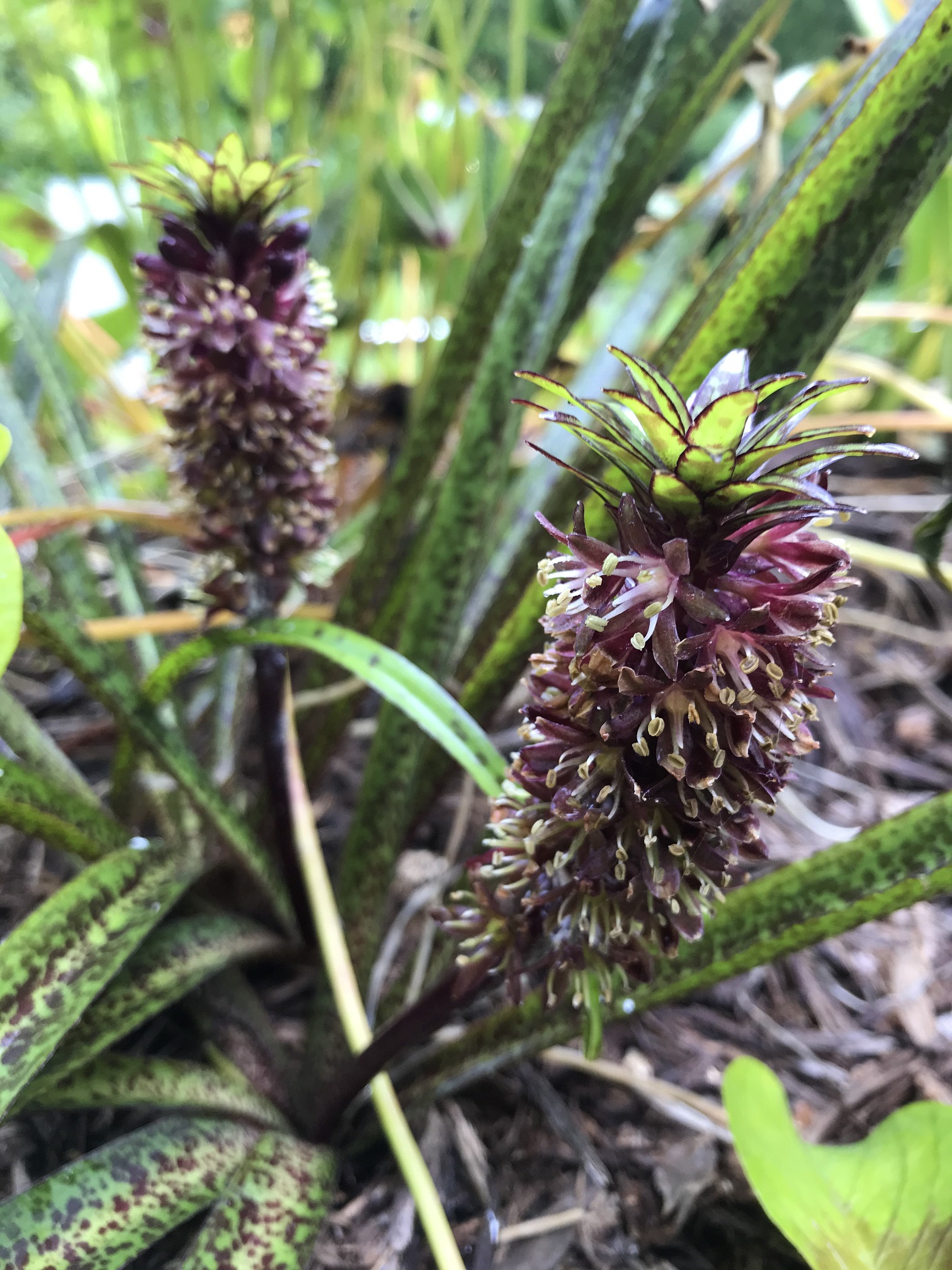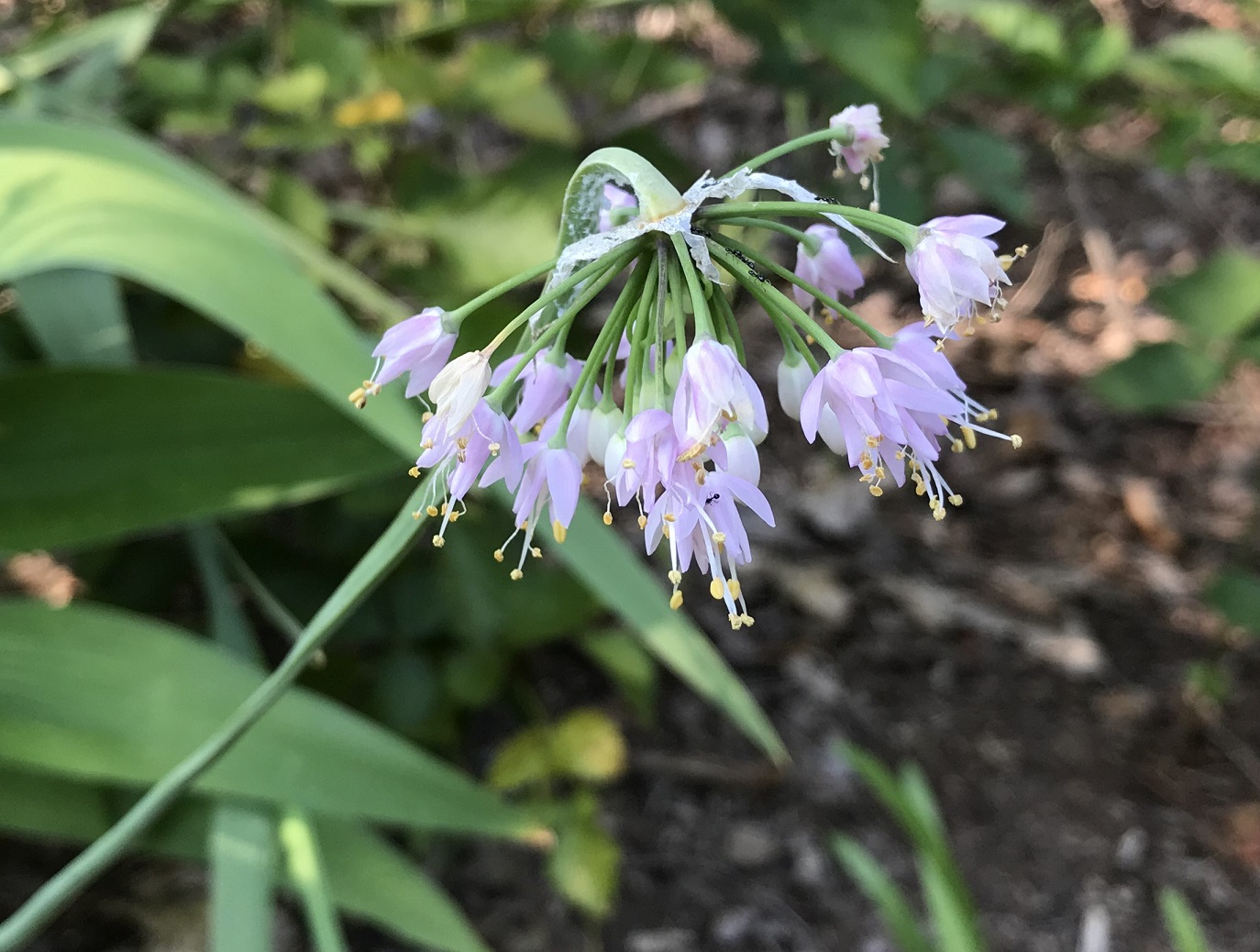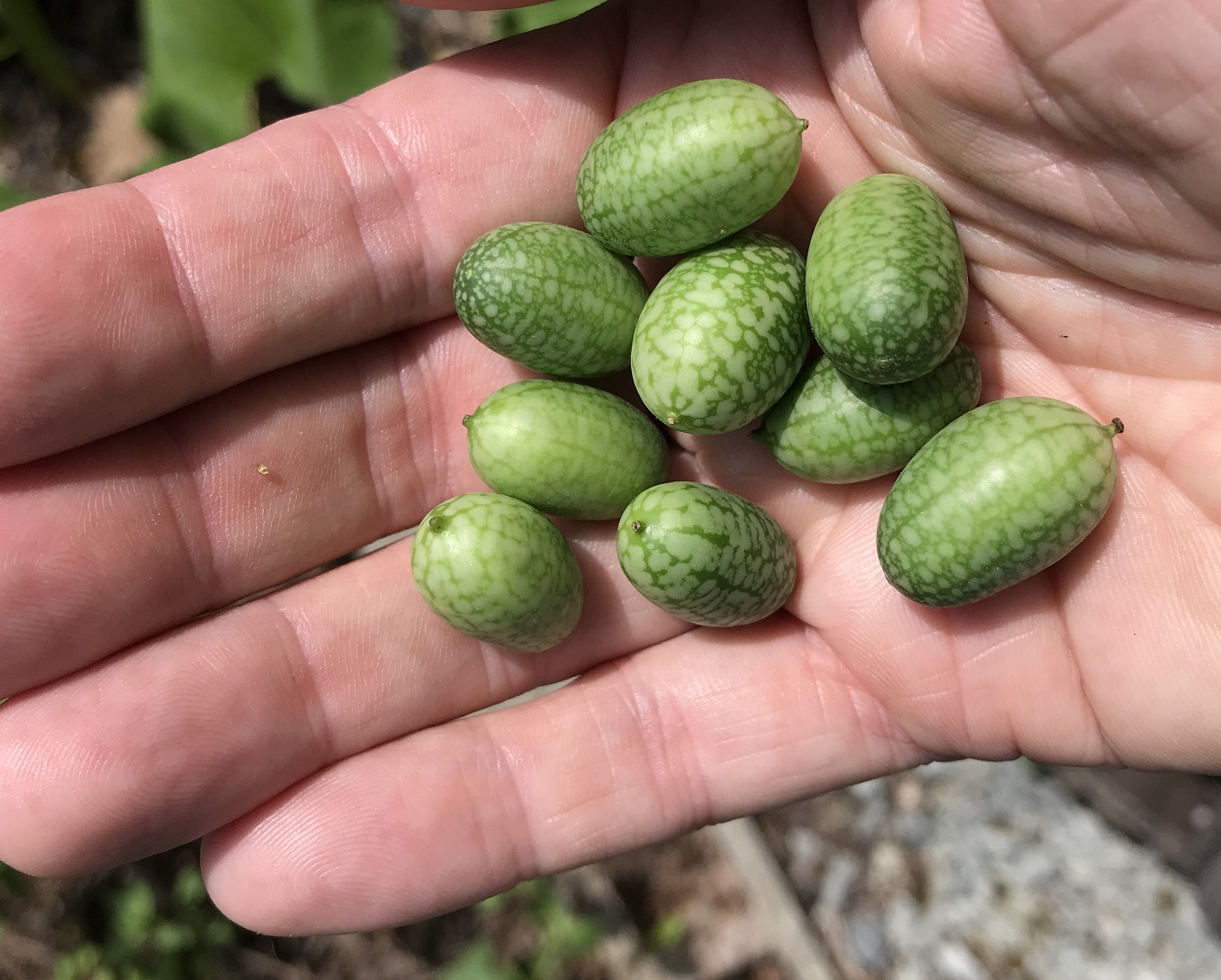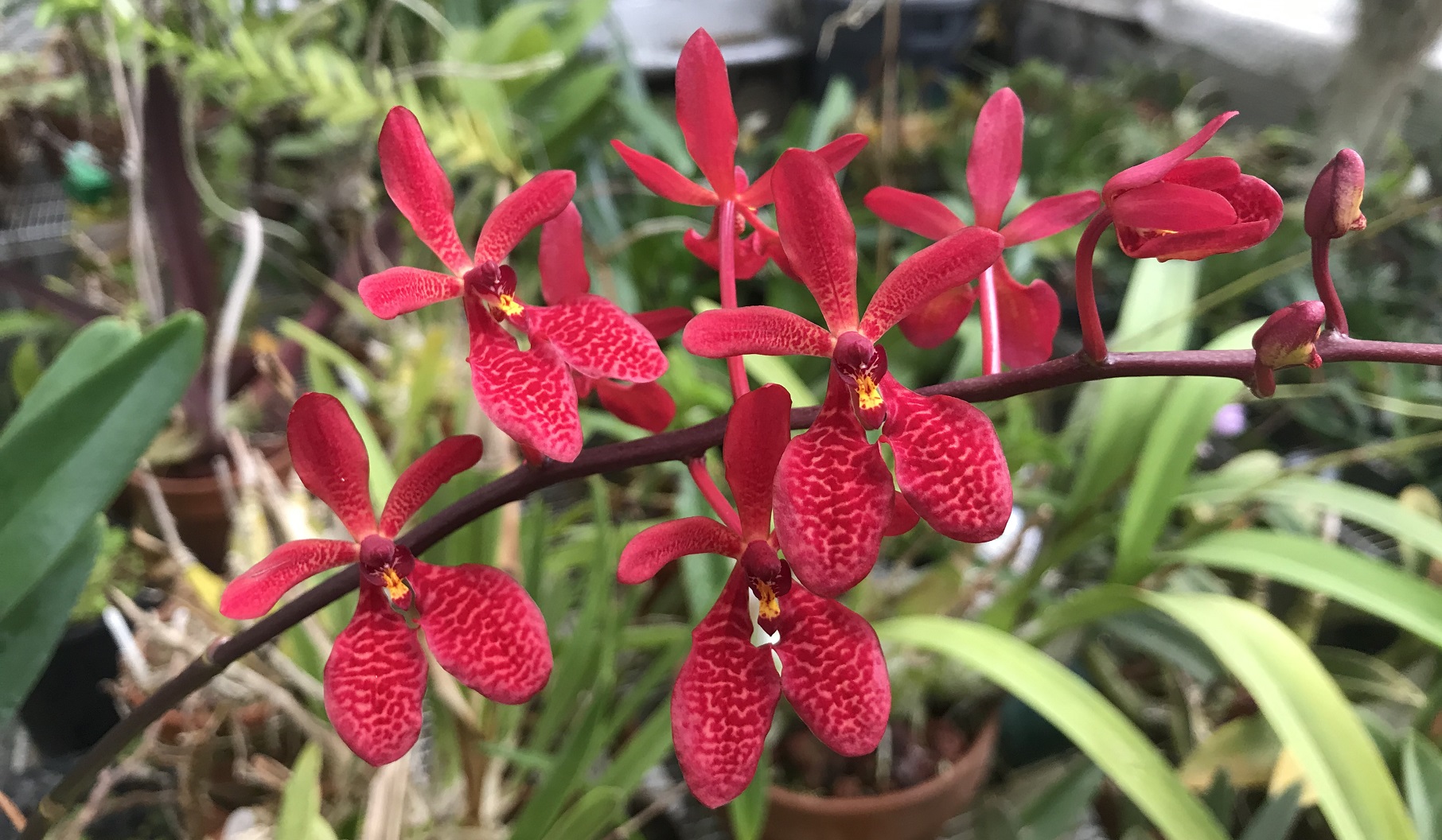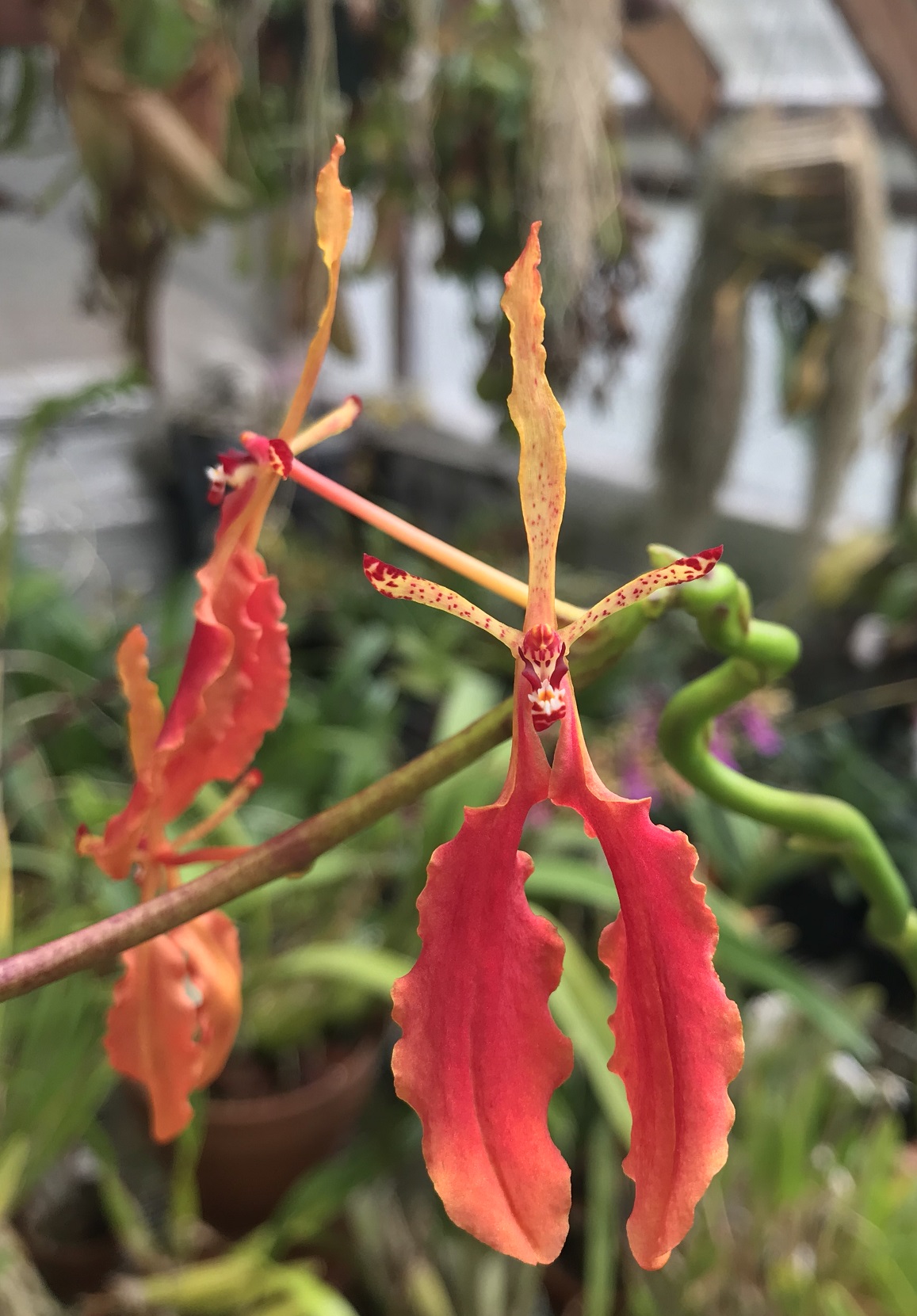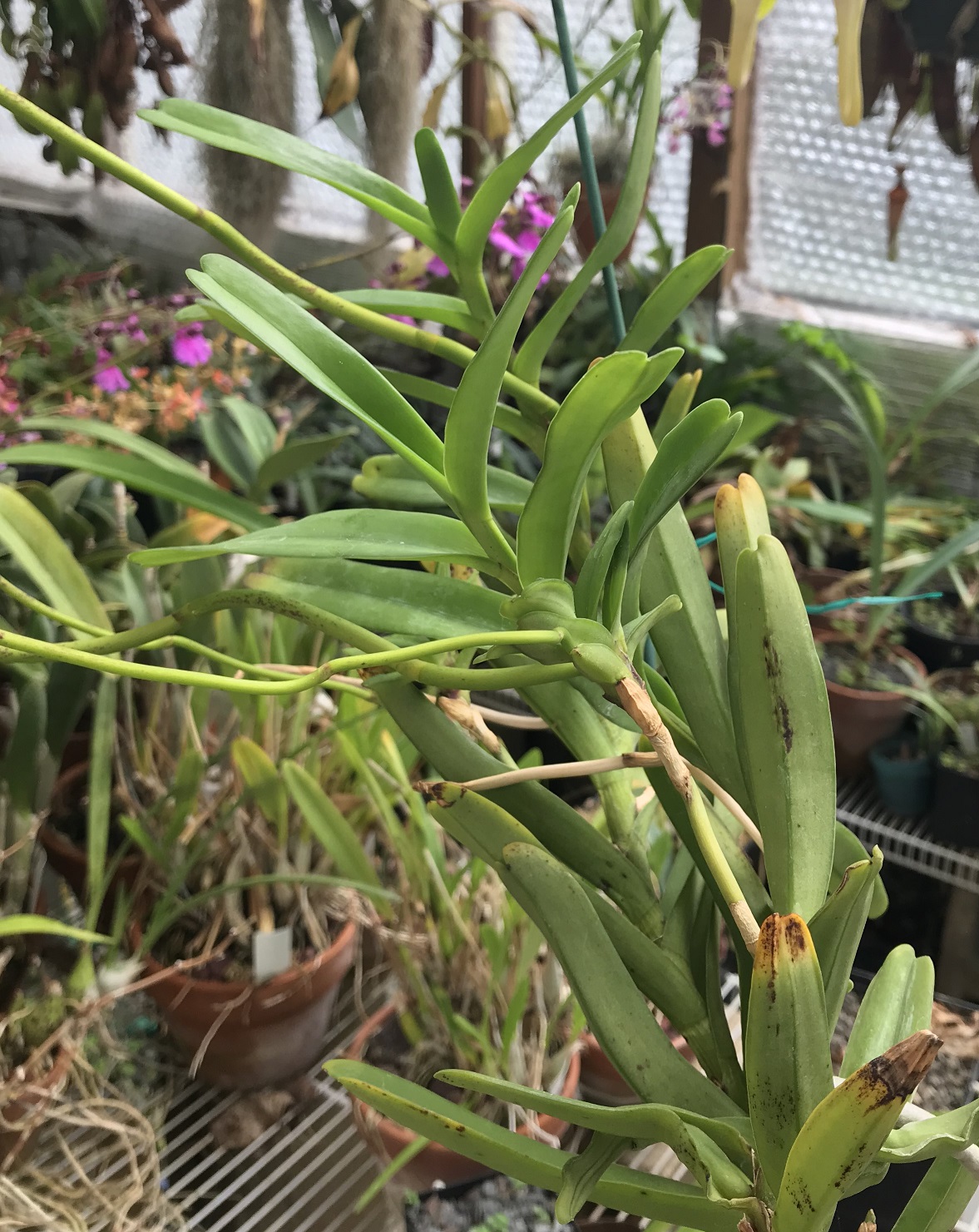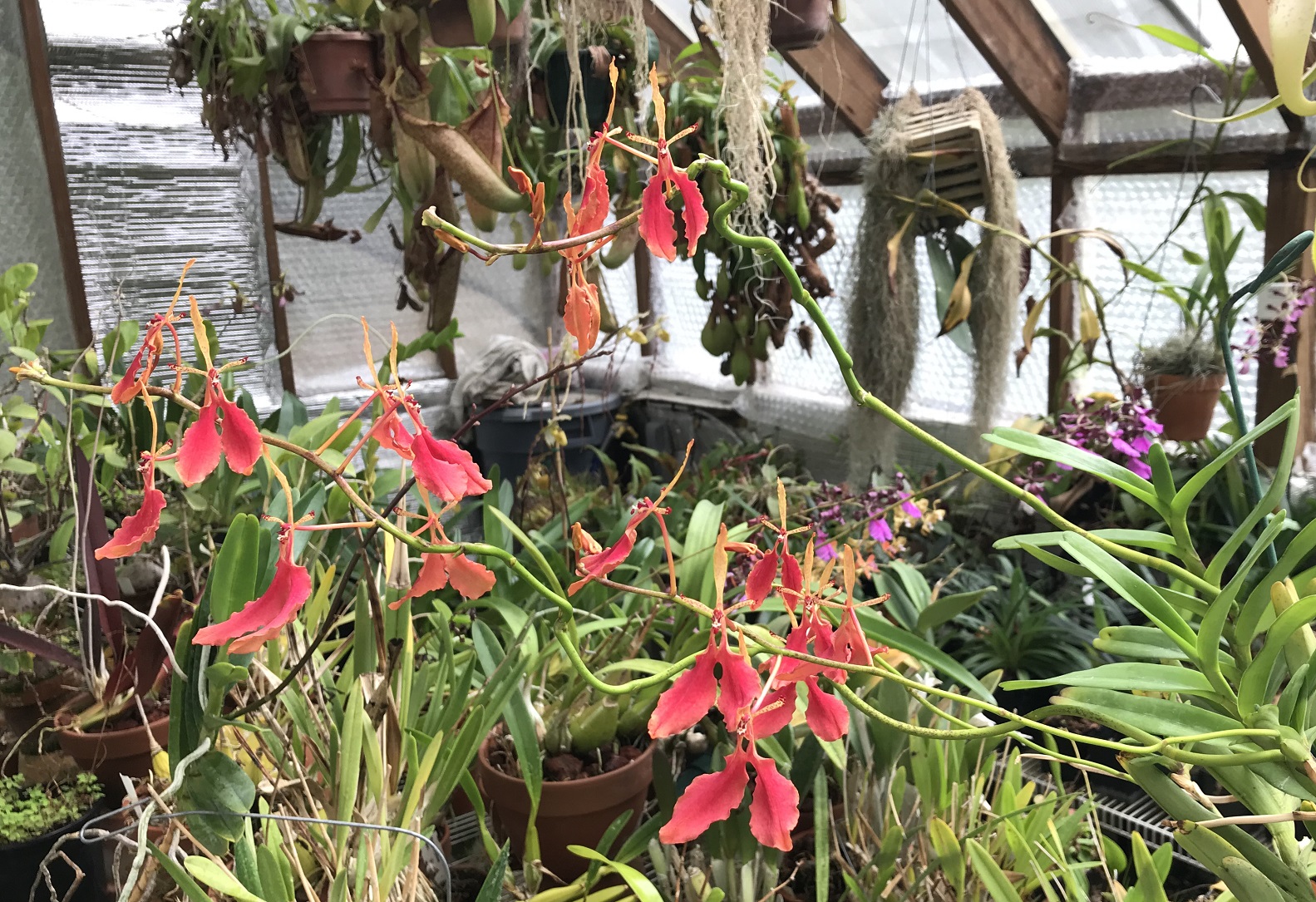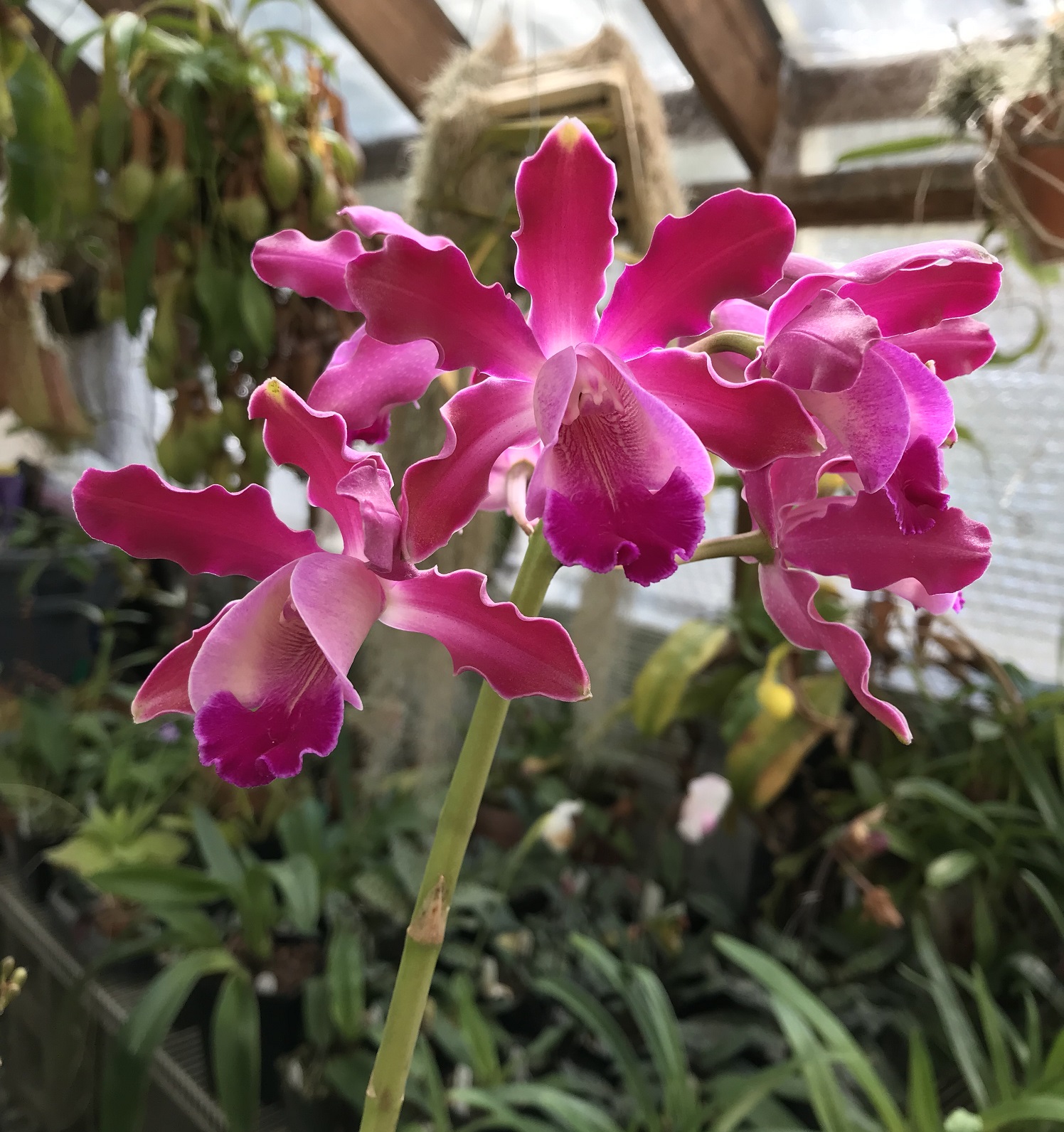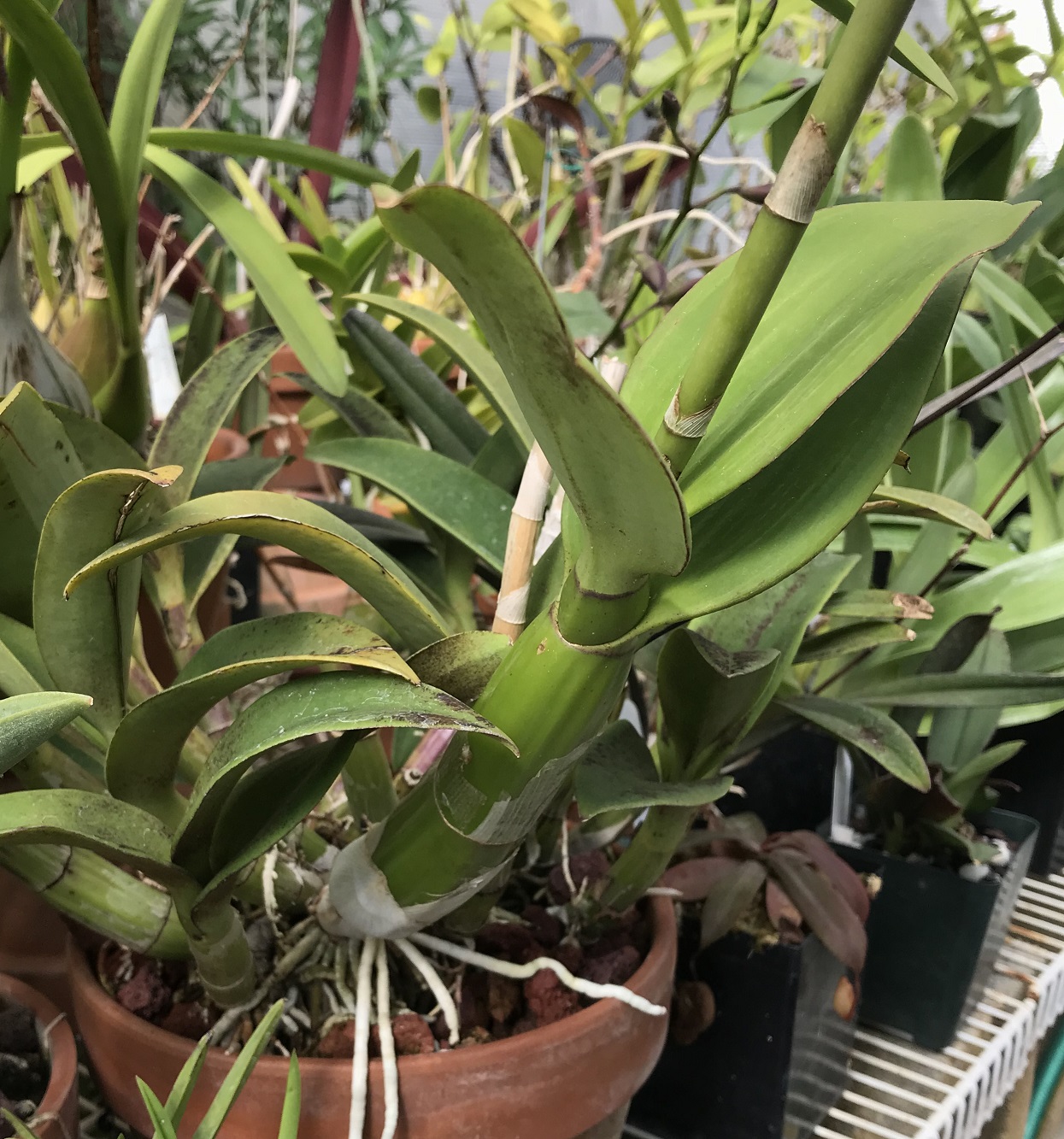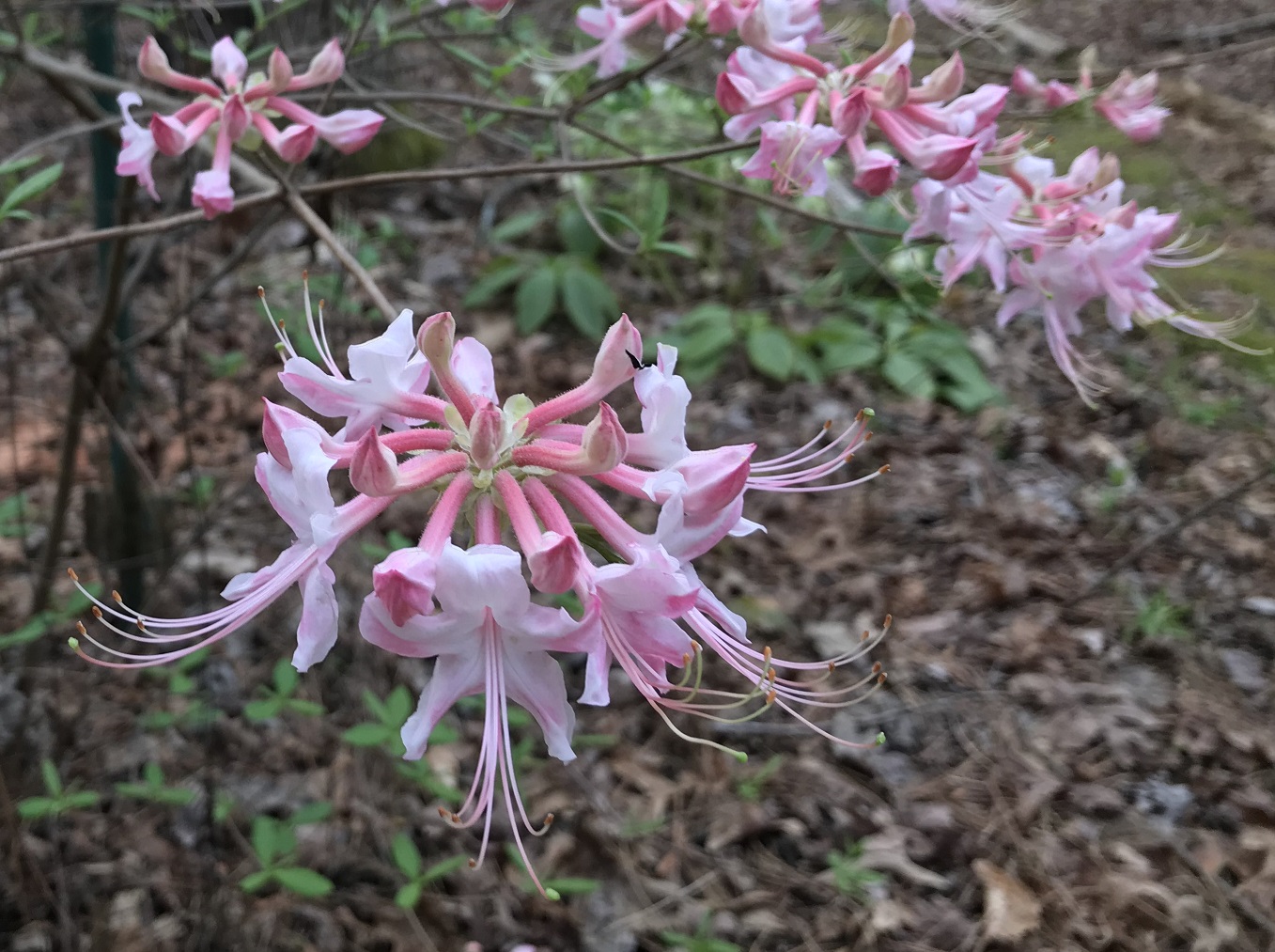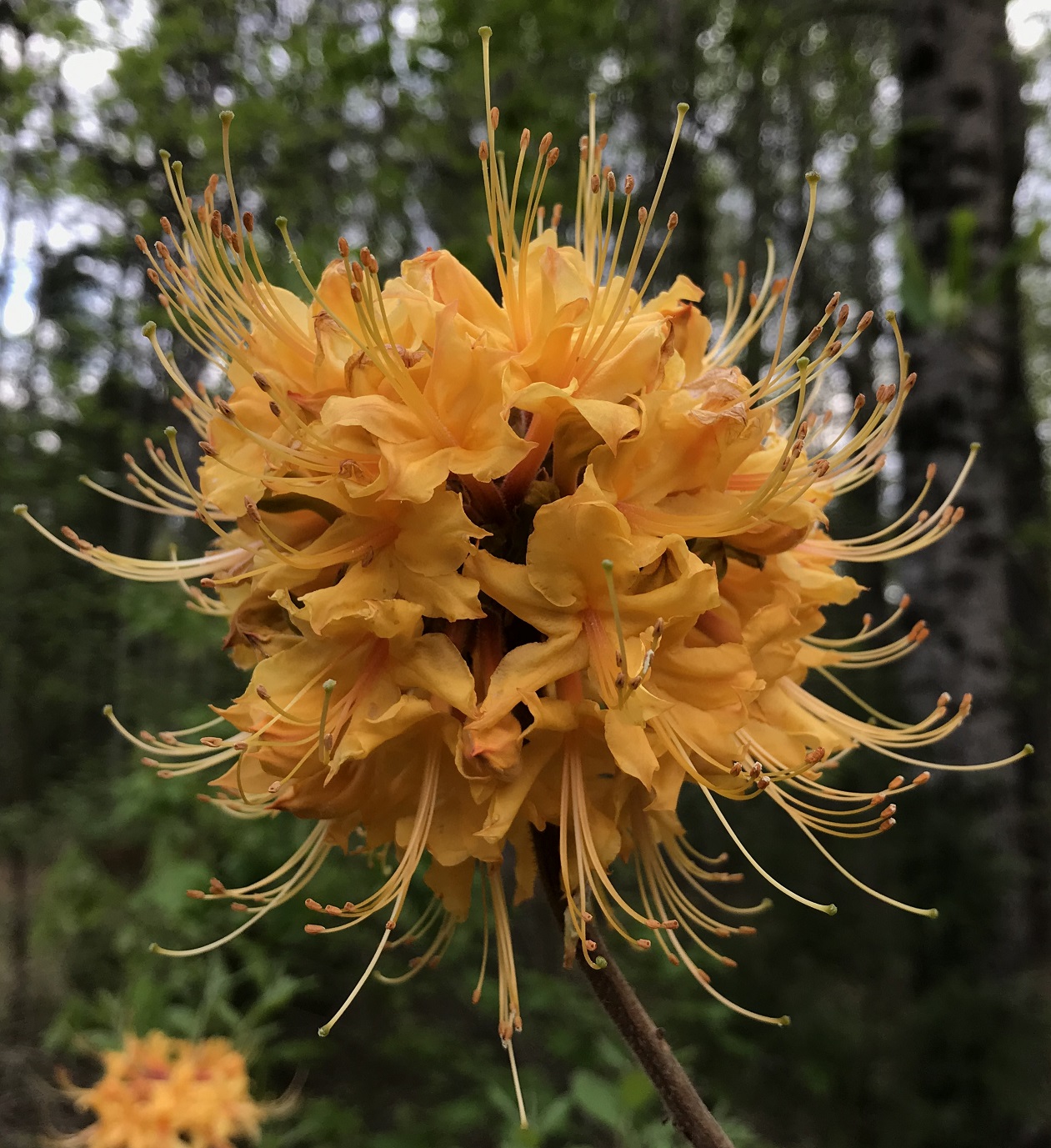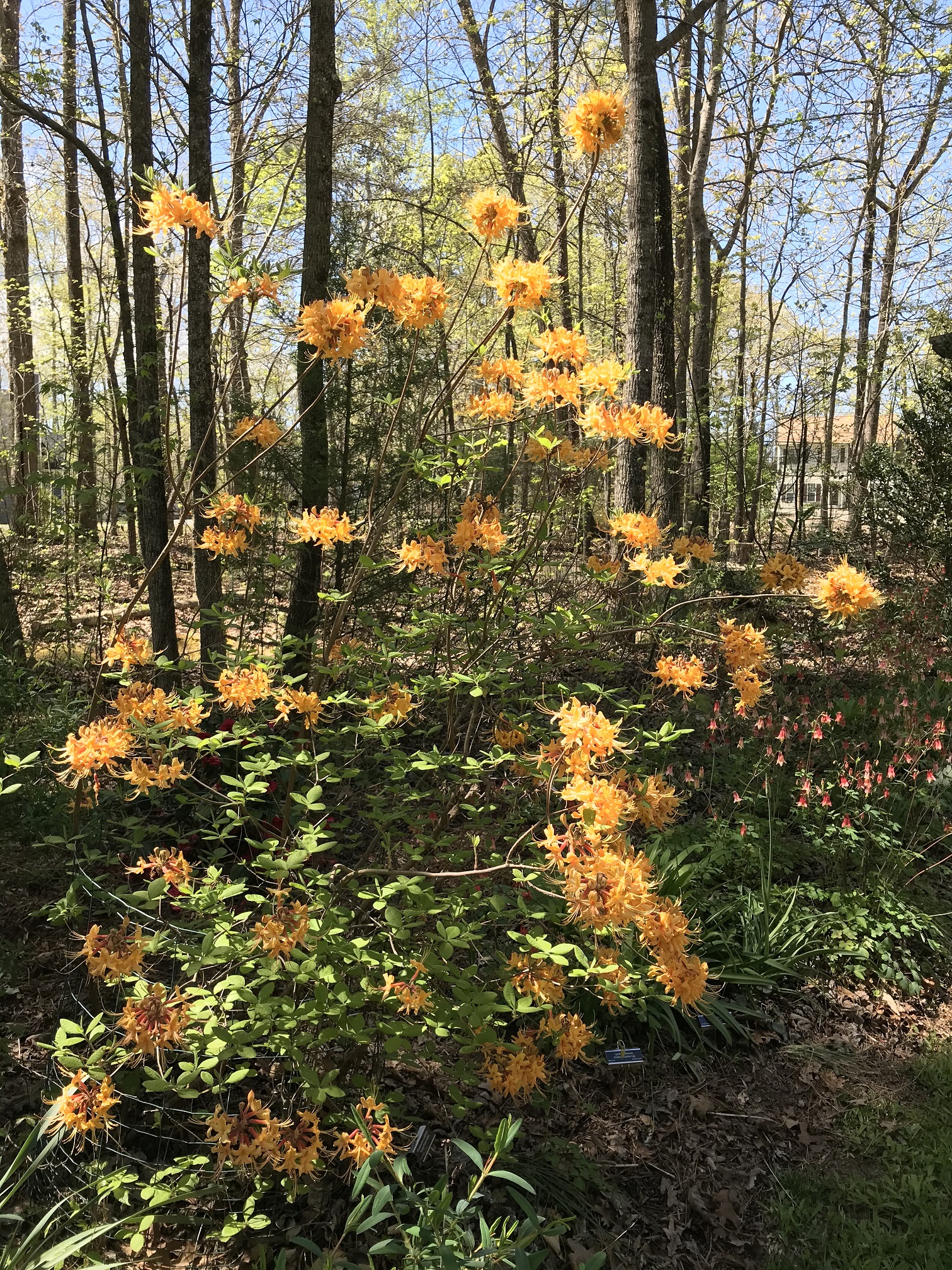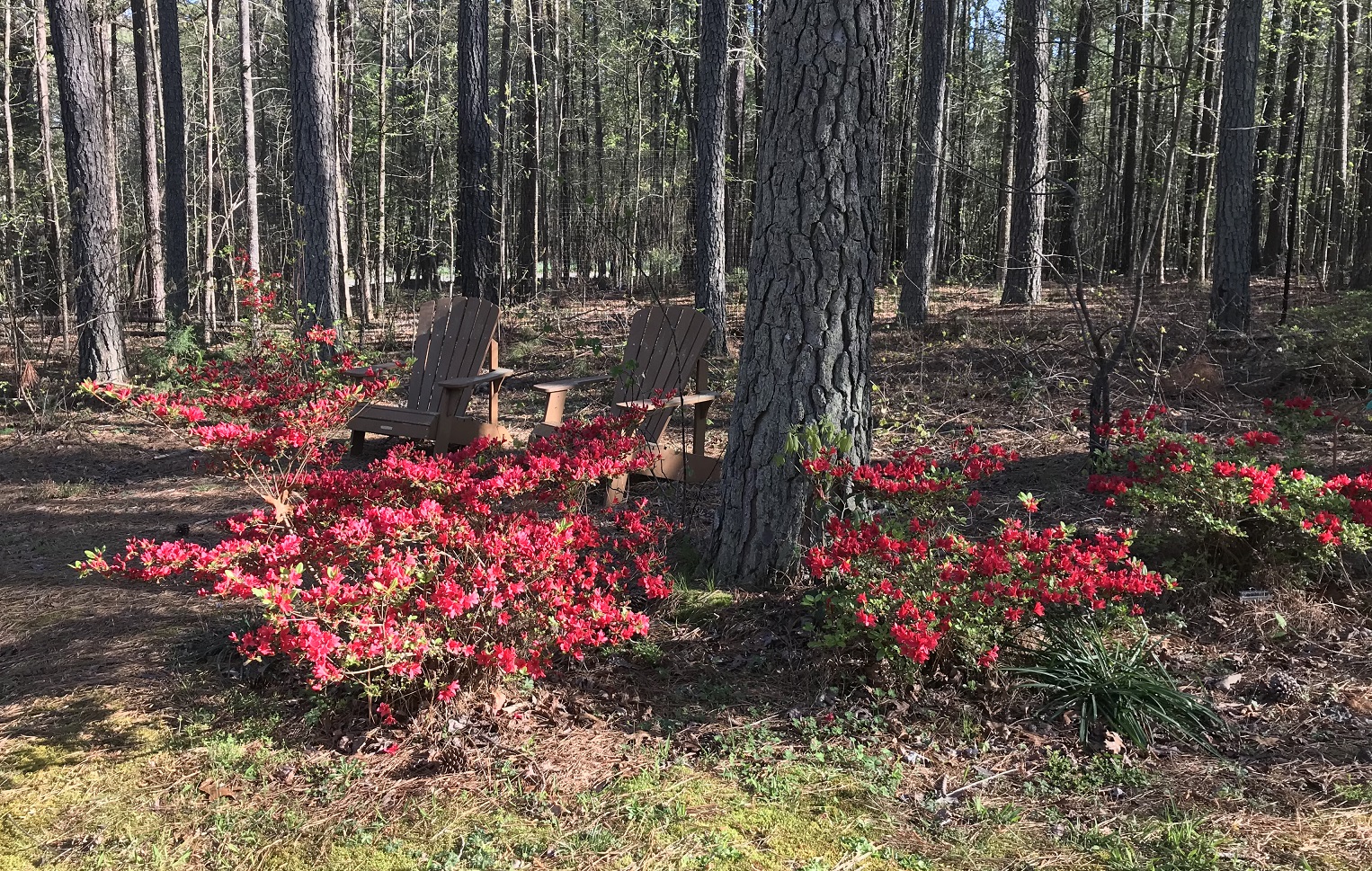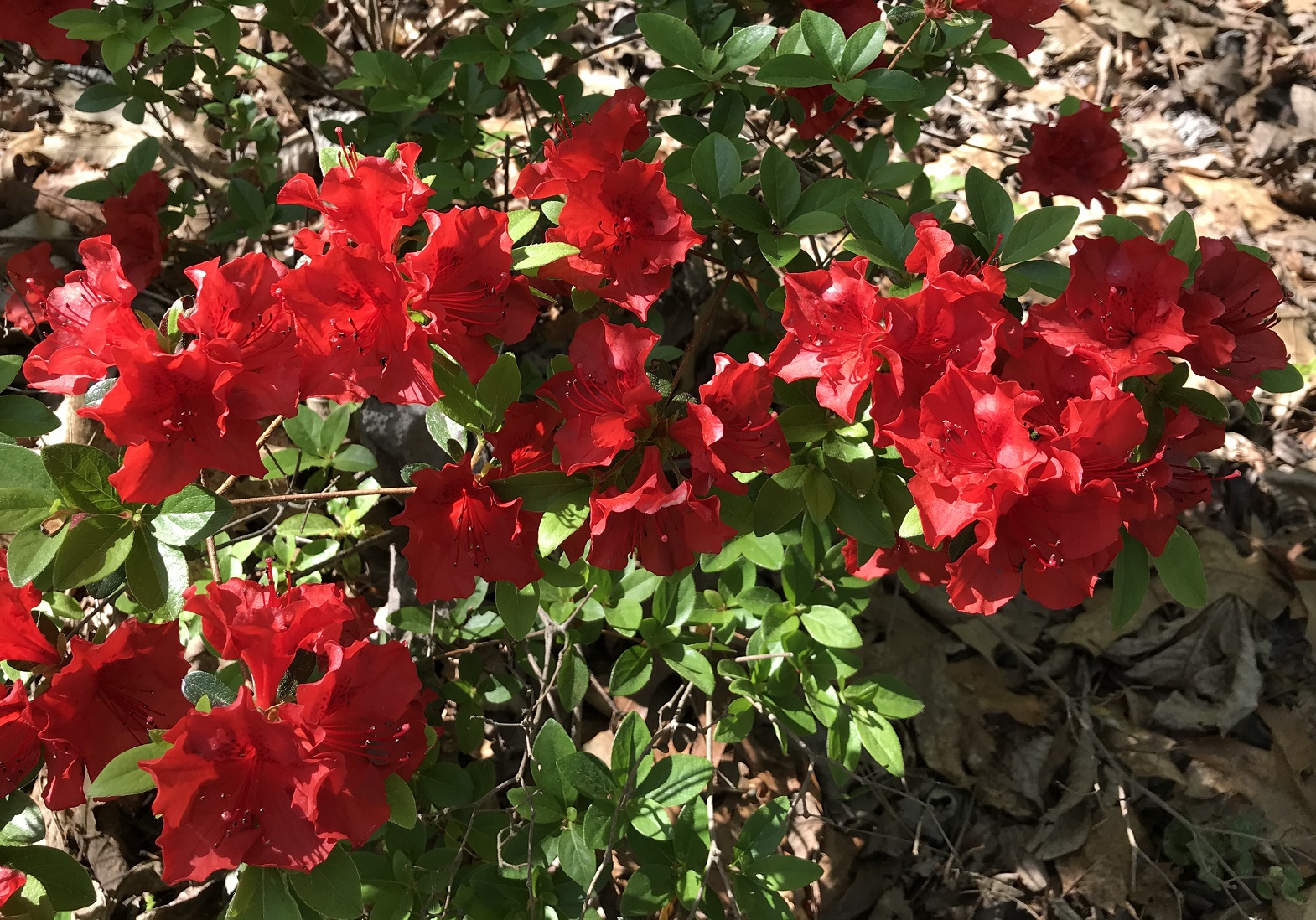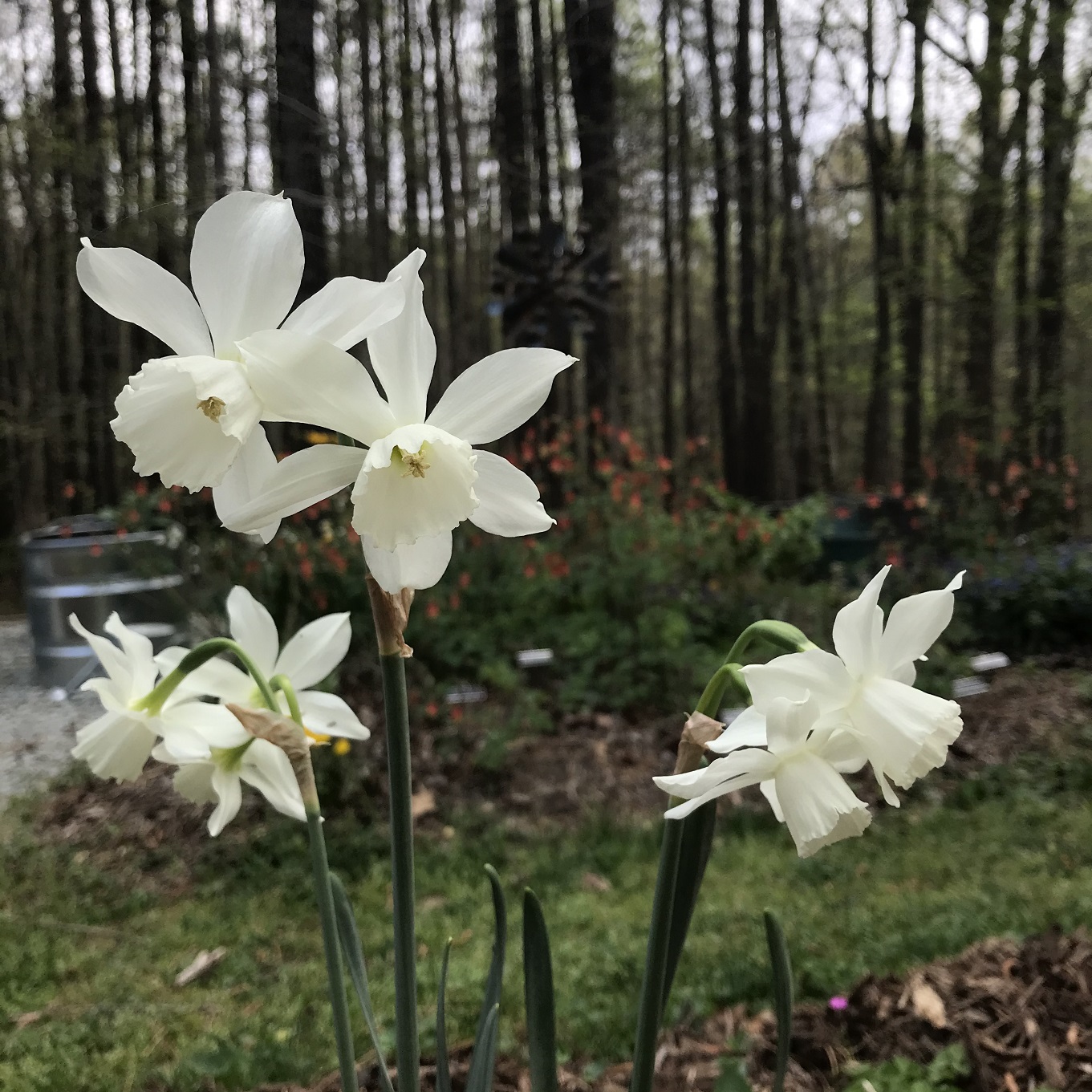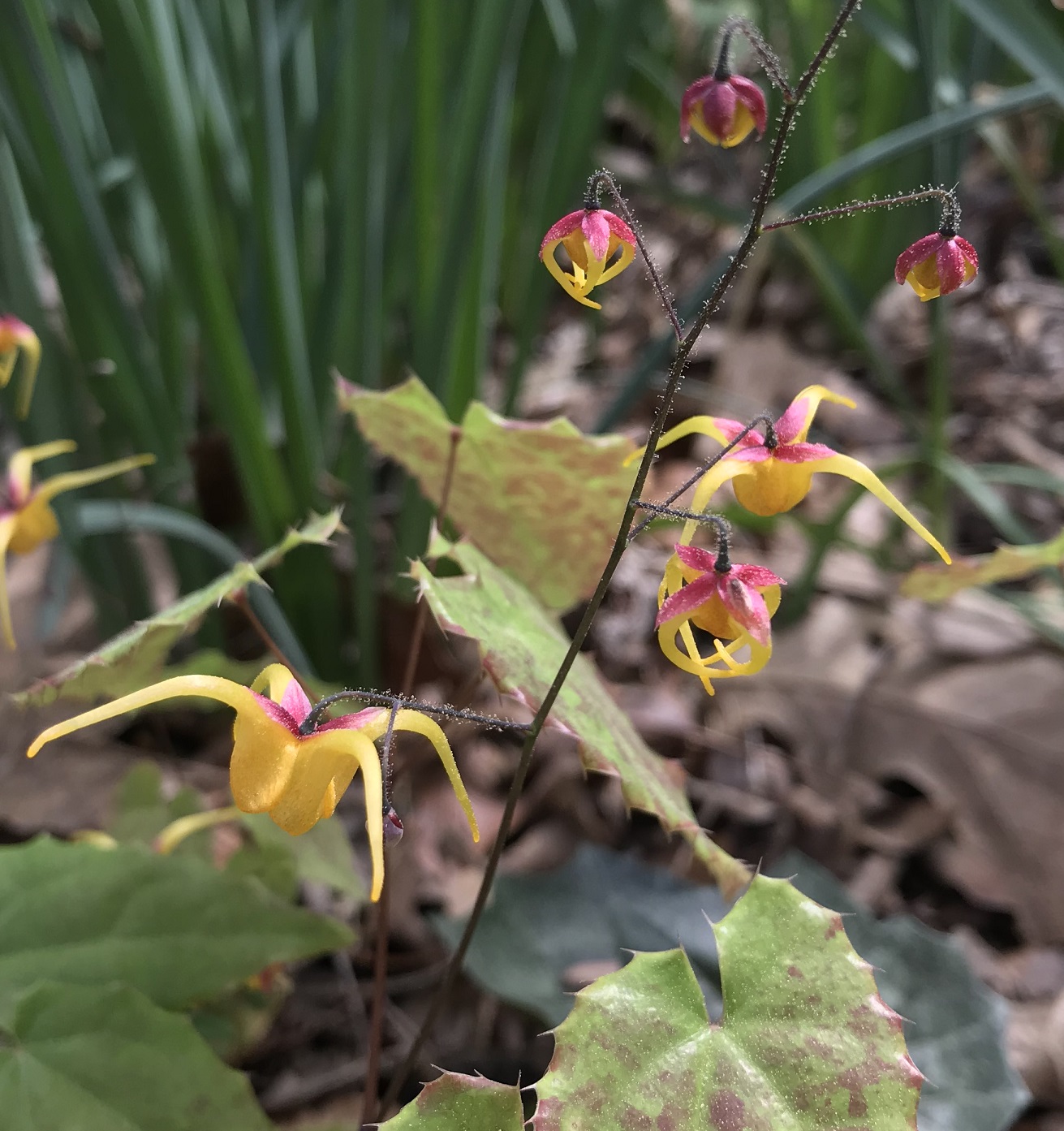
Like any object that a person keeps for a long time, plants can accumulate individual, sentimental value well beyond the value that they would have to any other person. These two orchids, currently blooming in my greenhouse, remind me of orchid growers who were a significant influence on me when I was a novice.
Bulbophyllum rothschildianum ‘Red Chimney’ FCC/AOS

‘Red Chimney’ is a magnificent clone of a particularly attractive species. It originally received an Award of Merit (AM) from the American Orchid Society in 1976, and was subsequently upgraded to a First Class Certificate (FCC) in 1991. I obtained my division of ‘Red Chimney’ in 1998 from the late Jo Levy, a well known orchid grower and Bulbophyllum expert from Memphis, Tennessee. I never met her IRL, as they say, but we exchanged emails and traded plants back and forth. She always sent me many more plants than I sent her. Most of those plants have faded away, victims of pests, change in climate when I moved from Michigan to North Carolina, or neglect during those years when young children kept me busy, but my ‘Red Chimney’ is still going strong. I am happy to have been able to pass on more divisions of Jo’s plant to other orchid growers.
B. rothschildianum has an interesting history. As documented by Bill Thoms in his book Bulbophyllums: The Incomplete Guide from A to WHY?, it originally surfaced in 1892 in a box of “nearly dead orchid plants” shipped to England from the vicinity of Darjeeling. After that initial collection, it remained in cultivation but was lost in nature for almost a century before being rediscovered in 1991 in Nagaland. Based on the date that it was awarded, ‘Red Chimney’ is presumably descended from the original Victorian collection. Currently, the online Flora of China lists the species as being present in Yunnan, so perhaps it has (or had) a wider range in the southeastern foothills of the Himalayas.
Bulbophyllums are usually pollinated by flies, and the flowers’ scents include carrion, feces, urine, fungus, and in one eye-watering case, rotten salmon (any old-school molecular biologist who remembers using tetramethylethylenediamine to make polyacrylamide sequencing gels knows exactly what Bulbophyllum cupreum smells like). In comparison, growers of B. rothschildianum get off easy. The flowers smell like mushrooms, but the scent is faint and you don’t need to worry about driving away guests if you display the plant in your living room.
Cymbidium ensifolium ‘Iron Bone’

Cymbidium ensifolium has a long history of cultivation in China and Japan where it is grown as much for its foliage as its flowers. The clone ‘Iron Bone’ is an alba form that lacks the narrow red stripes on sepals and petals and reddish spots on the labellum of wild-type clones. The flowers are understated, even for a species that will never be called spectacular, but my plant is special because it came from the collection of Jack Webster, who died in 2008. When I first moved to North Carolina, Jack was a fixture of the NC orchid world. He was a member of multiple local societies in central and eastern NC, many-time president and more-or-less permanent board member of the Triangle Orchid Society, tireless organizer of shows and exhibits, and expert on almost every aspect of orchid growing. No one has been able to replace him.
If I were growing this plant according to traditional Japanese aesthetics, I would have it in a tall, narrow ceramic pot carefully chosen to complement its elegant sword-like leaves. Alas, I am an uncouth Anglo-Saxon, so it is currently languishing in a black plastic nursery pot. Maybe I’ll move it into more attractive housing, as befits its cultural and personal history, this spring.

